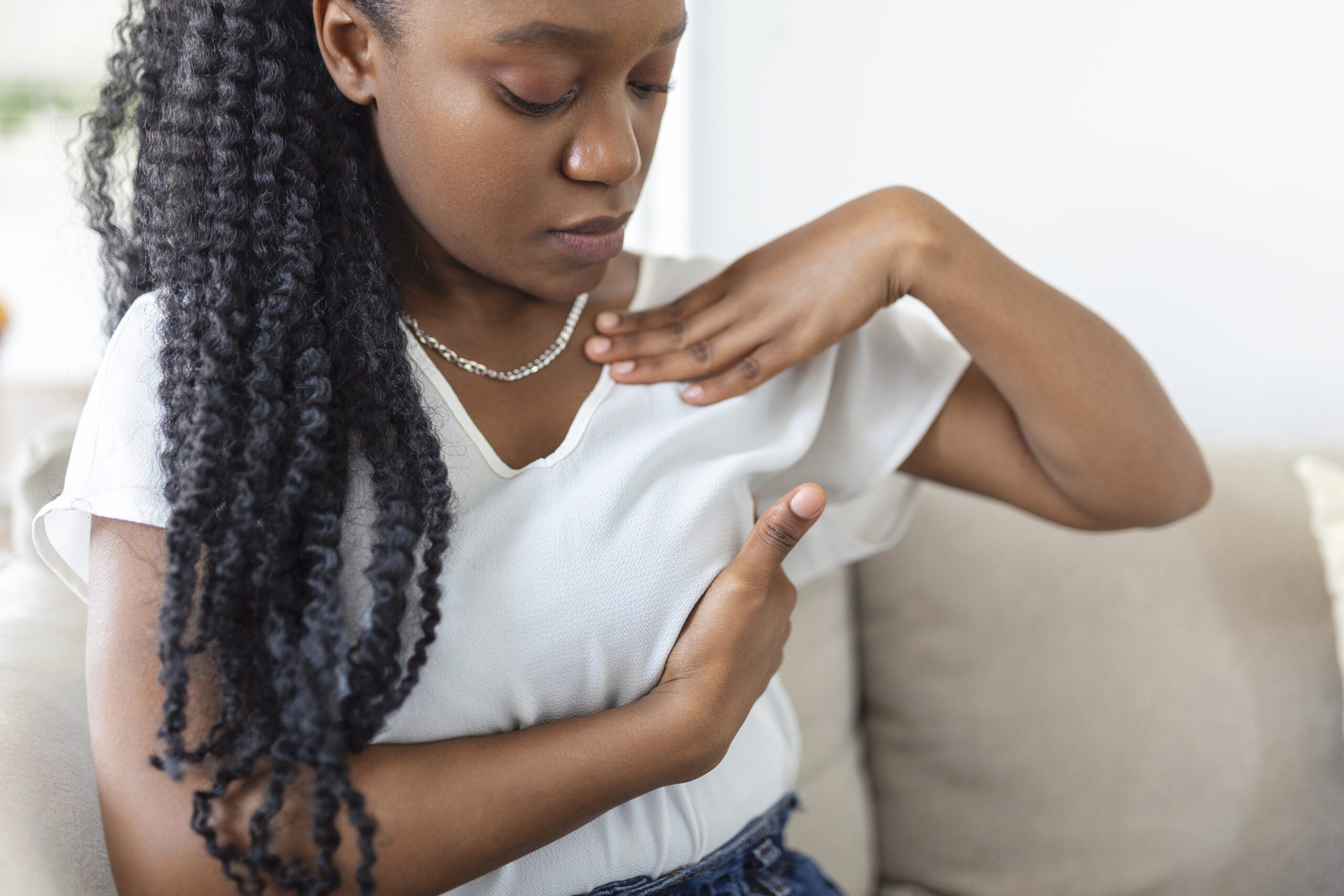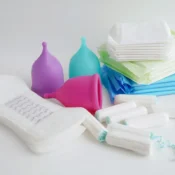
A Complete Guide to Performing a Full Breast Examination at Home
Taking charge of your health starts by knowing your body. A breast self-exam (BSE) is not a replacement for clinical screenings, but it helps you become familiar with your own breasts and quickly notice any changes.
While not a replacement for professional screenings like mammograms, regular self-checks empower you to notice unusual changes early.
Why Perform a Full Breast Self-Examination at Home?
Self-examinations help you:
- Understand your normal: Everyone’s breasts are unique. The more you check, the more confident you’ll become in knowing what’s typical for your body.
- Spot early changes: You may detect lumps or shifts in size, shape, or skin texture before your next scheduled exam.
- Complement screenings: Self-exams are not diagnostic tools, but they add an extra layer of protection when combined with regular clinical exams and mammograms.
- Build health awareness: This practice can help you feel more in tune with your overall wellbeing.
They’re free, take just a few minutes, and can easily become part of your monthly self-care routine.
When Is the Best Time to Do a Self-Exam?
Timing matters. For the most accurate results:
- If you menstruate: Examine your breasts 3 to 5 days after your period starts, when they are least tender and less swollen.
- If you don’t menstruate or are postmenopausal: Choose a consistent date each month that’s easy to remember, like the first or last day of the month.
Consistency is key. Checking monthly helps you notice changes over time more easily.
Step-by-Step Guide to a Full Breast Self-Exam
-
Visual Inspection (In Front of a Mirror)
Stand topless in front of a mirror under good lighting and inspect both breasts. Begin with arms by your sides, then raise them above your head. Next, place your hands on your hips and flex your chest muscles.
Look for:
- Any visible lumps or swelling
- Changes in size or shape
- Dimpling of the skin
- Changes in nipple position or inversion
- Redness, rashes, or scaling
Breasts may not be perfectly symmetrical, this is completely normal. You’re watching for new or sudden changes.
-
Manual Examination (While Standing or in the Shower)
Use the pads of your fingers (not your fingertips) and follow a consistent pattern, like circular motions or vertical strips.
Key tips:
- Use light pressure for the surface area, medium pressure for the middle tissue, and firm pressure for tissue closest to the rib cage and chest wall.
- Cover the entire breast from collarbone to the bra line, and from the cleavage to the armpit.
In the shower, your soapy hands can make movement smoother and help you feel subtle changes more easily.
-
Manual Examination (Lying Down)
Lying down flattens your breast tissue and makes it easier to examine deeply.
Steps:
- Place a pillow under your right shoulder and your right hand behind your head.
- Use your left hand to examine your right breast.
- Move your fingers in small circles, covering every part and armpit.
- Switch sides and repeat.
This is the most thorough way to detect deeper lumps.
-
Check the Nipples
- Gently squeeze each nipple and observe for any discharge (clear, milky, yellow, or bloody).
- Look for changes in direction, flattening, or inward turning.
- Check the surrounding area for redness, rashes, or thickening.
What to Feel For
You might come across:
- Firm lumps that feel like a frozen pea
- Rubbery nodules that move slightly under the skin
- Rope-like textures, especially near the outer upper quadrants (the areas closest to the armpit)
Not all lumps are cancerous. Many are fibroadenomas, cysts, or hormonal swellings, especially if they come and go with your cycle.
Still, any persistent lump or change should be checked by your healthcare provider.
Tracking Changes and Staying Consistent
Keep a log or journal (paper or app-based) to record:
- Date of the exam
- Which breast was checked
- Any changes noticed
- Whether pain, tenderness, or discharge was present
This helps you track patterns and report concerns clearly during medical appointments.
When to Contact Your Healthcare Provider
Make an appointment if you notice:
- A new lump or hard knot
- Persistent pain in one area
- Nipple discharge, especially if spontaneous or bloody
- Swelling, redness, or thickened skin
- A sudden change in size or shape of one breast
- Nipple inversion that wasn’t there before
Don’t panic, many breast changes are benign. But a prompt check ensures early intervention if needed.
Tips for an Effective Breast Self-Exam
- Relax: Tension makes it harder to examine tissue thoroughly.
- Be consistent: Same pattern, same time of the month.
- Include the armpits and collarbone area.
- Ask your provider to review your technique during a wellness visit.
The Role of Breast Self-Exams in Cancer Prevention
While BSEs haven’t been shown to lower mortality, studies reveal:
- Up to 40% of breast cancers are initially self-detected.
- Many survivors first noticed symptoms themselves, not during clinical exams.
So while BSEs aren’t a replacement, they are a personal empowerment tool in your health routine.
Safety Considerations and Limitations
- Although BSEs promote awareness, they’re not proven to reduce cancer mortality or act as definitive screening tools.
- They should not replace mammograms or clinical exams.
- False positives can cause unnecessary stress and medical procedures.
Conclusion
A full breast self-examination at home is a valuable practice for breast awareness, helping you get to know what’s normal and detect changes early. While it’s not a substitute for professional screenings, it complements your overall health routine when done correctly and consistently. Pair it with regular check-ups and healthy habits to take control of your breast health.
FAQs
- How often should I perform a breast self-exam?
Once a month, ideally around the same time.
- Do self-exams prevent breast cancer?
No, but they help you notice changes that need attention.
- Is it normal to feel lumps in breasts?
Yes, many lumps are benign. But always check with your doctor if persistent.
- Should everyone do self-exams?
They’re optional. Awareness is valuable, but clinical screenings are more effective.
- When should I get a mammogram?
Typically around age 40, or earlier based on risk factors—discuss with your provider.
All Categories
Recent Posts
What I Learned About Periods: A 9-Year-Old’s Honest Review of Blossomflow’s Book
Scented Period Products: Hidden Health Hazards You Should Know
No Pads, No School: How Pad a Girl Is Changing Lives
Tags
Give them a helping hand
Every donation fuels our mission to combat period poverty. Your generosity brings us closer to menstrual equity.
+234-909-482-1642
inquiries@blossomflow.org




